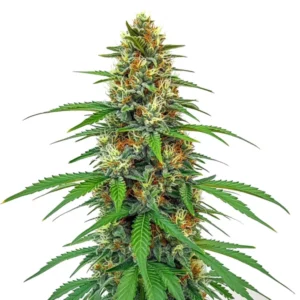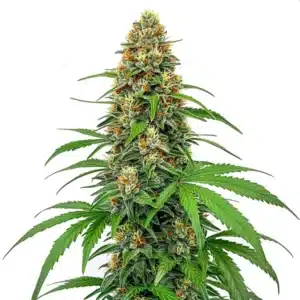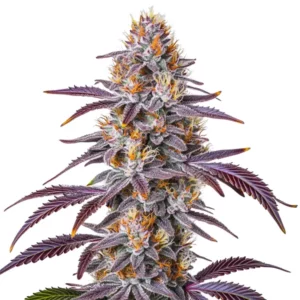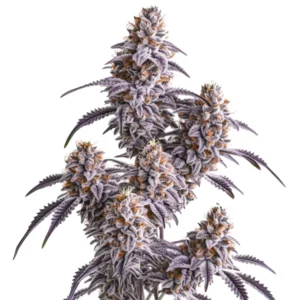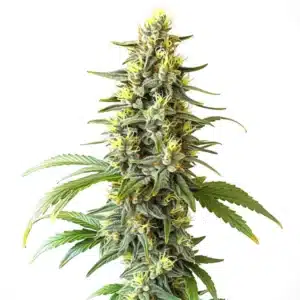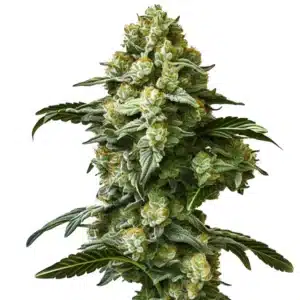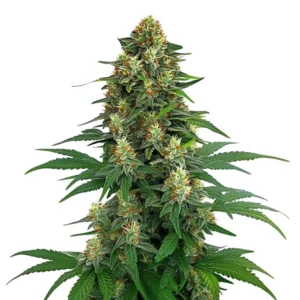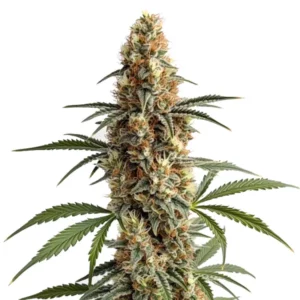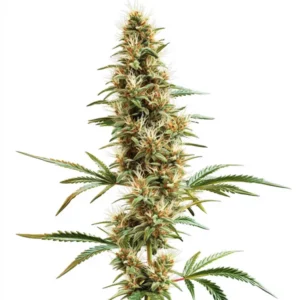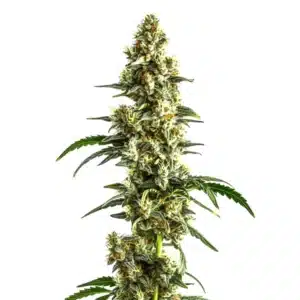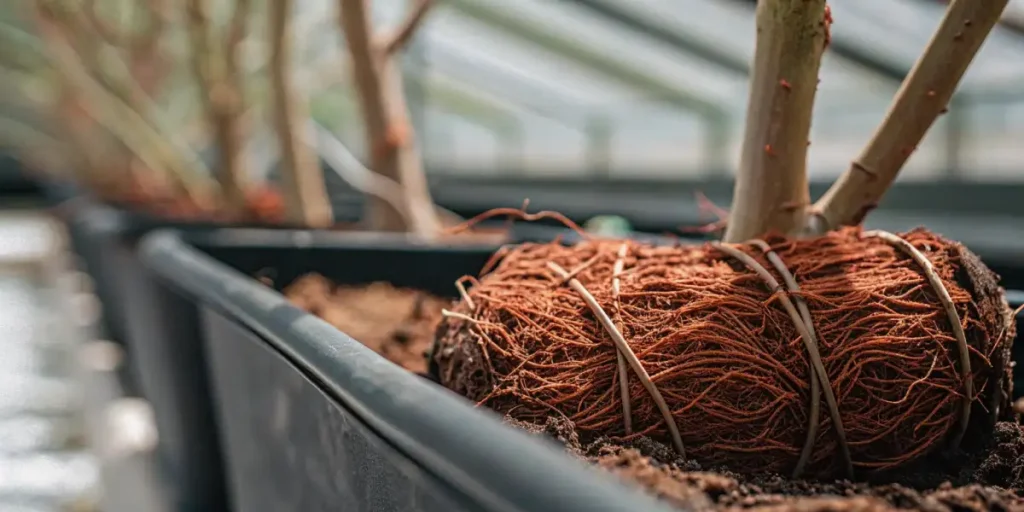
The Grower’s Nightmare: What to Do About Brown, Unhealthy Roots
Let’s talk about the foundation of your entire Grow: the roots. If they’re not happy, nothing is. And one of the most heart-stopping moments for any grower is checking on a plant only to find dull, brown, and sad-looking roots. It’s a major red flag.
But before you panic, you need to understand what you’re looking at.
Recommended Strains
CBD Tangie (1:15)
|
|
CBD | 12% – 14% (Medium) |
|
|
Type | CBD Feminized |
|
|
Yield | Medium |
|
|
Phenotype | 50% Indica / 50% Sativa |
CBD Sour Tangie (1:25)
|
|
CBD | 6% – 8% (Low) |
|
|
Type | CBD Feminized |
|
|
Yield | Low |
|
|
Phenotype | 10% Indica / 90% Sativa |
First, forget the old myth that healthy roots must be perfectly white. That’s not the whole story. Depending on the genetics and nutrients, healthy roots can have colors, shades of purple, blue, or cream are totally normal. The TRUE sign of health isn’t the color; it’s the shine. Healthy roots look vibrant, bright, and alive. They have a healthy luster. The enemy is any root that looks dull, mushy, and lifeless. That’s your signal to take action.
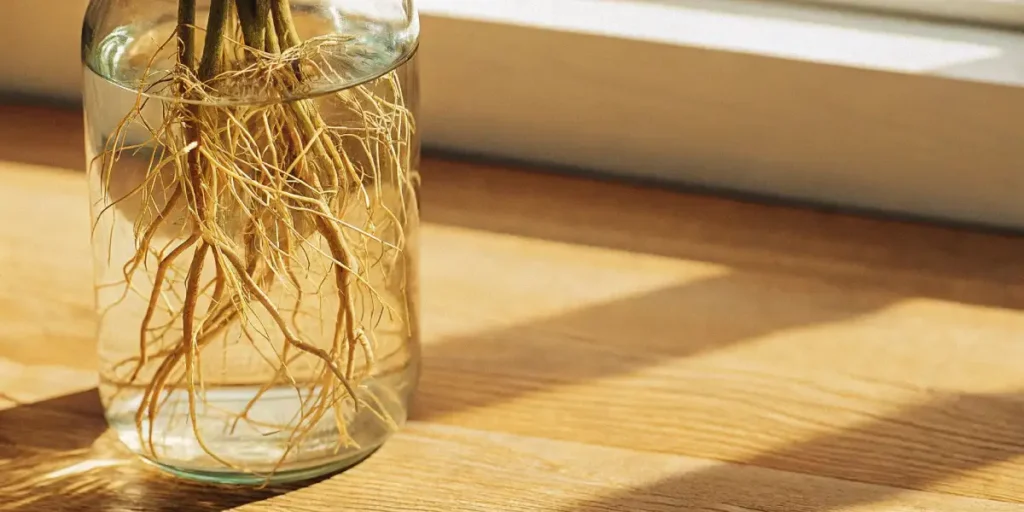
The Main Culprits: Why Your Roots Are Suffering
Usually, brown roots come down to a few key problems. The most common is overwatering, the classic rookie mistake of loving your plants to death. Too much water suffocates the roots, they can’t breathe, and they begin to rot.
But there’s another secret killer, especially for you outdoor and balcony growers: heat. This is HUGE. You can do everything else right, but if the sun is baking your pots all day, the temperature of your soil skyrockets. That heat stress can cook the roots and kickstart root rot. It’s even worse if your pots are sitting directly on a cement or ceramic tile balcony, as those surfaces absorb and radiate intense heat.
The solution is simple but critical. You have to insulate. Put a wooden pallet, a piece of cork, or even just a couple of planks of wood between that hot floor and your pots. And if you can, shade the pots themselves during the hottest part of the day. This simple step can be the difference between a healthy plant and a dead one.
Promos & Deals
Emergency Room: How to Save a Plant from Root Rot
Okay, so you’ve checked your roots and confirmed the worst: they’re brown, mushy, and have that dreaded swampy smell. It’s time for an emergency intervention.
You need to perform a root flush. This isn’t just regular watering; this is a full-on detox. You are going to drench the soil with a massive amount of clean water. The key here is the water’s composition: absolutely no nutrients, a super-low EC of around 0.2, and a pH dialed in precisely to 5.5. This specific pH helps the roots fight off the rot and start fresh. Flush the pot until water runs freely from the bottom, washing away the pathogens and resetting the root environment. Then, let the soil dry out properly before you even think about watering again.
This single act can save a plant that’s on the brink of death.
To prevent this nightmare from happening in the first place, Nurture your plants with smart practices. Use fabric pots for better aeration. Add perlite to your soil to improve drainage. And always, always lift your pot to feel its weight before watering. Let your plants tell you when they’re thirsty. When you Cultivate with this level of attention, you can grow resilient strains like Black Domina or Tangie to their full potential, creating a Homegrown harvest you can be proud of. It’s the Sustainable way to grow.
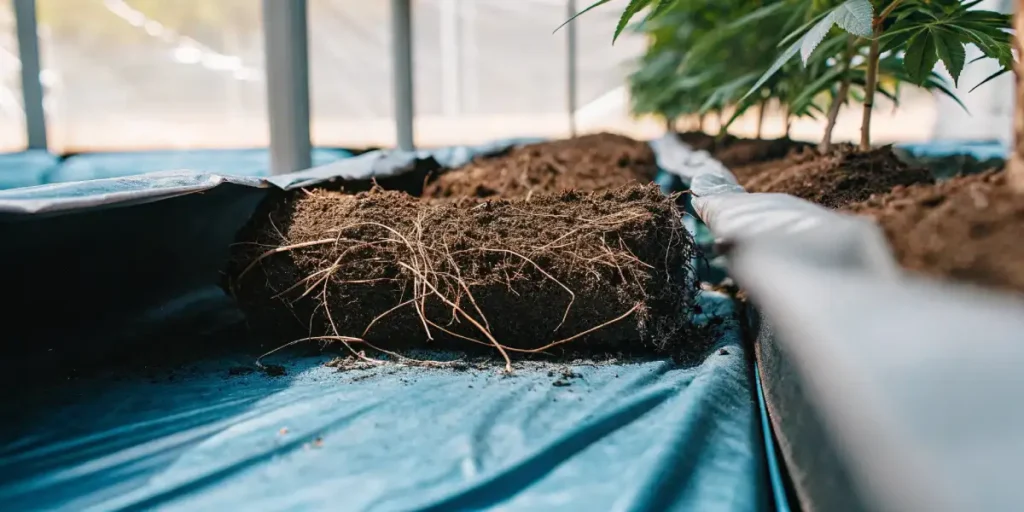
FAQ Section
What color should healthy cannabis roots be?
Forget the idea that they must be pure white. Healthy roots can be off-white, cream, or even have tints of purple or blue depending on the strain. The most important sign of health is not the color, but the shine. Healthy roots should look bright, vibrant, and have a slight luster. If they look dull, dark, and mushy, you have a problem.
How can I save my plant from root rot?
You need to act fast with an emergency root flush. Drench the soil with a large volume of clean, nutrient-free water that has a very low EC (around 0.2) and a pH of exactly 5.5. This flushes out the harmful pathogens and gives the roots a chance to recover. After the flush, it is critical to let the soil dry out almost completely before watering again.
My pots get really hot on my balcony. Is this bad for the roots?
Yes, this is incredibly dangerous and a very common cause of root rot. When the root zone overheats, it stresses the plant and creates a breeding ground for fungus. Never leave your pots directly on hot cement or tile. Place them on top of a wooden pallet, cork, or some other insulator to create a buffer from the hot surface.
What is the ideal water temperature for my plants?
Aim for lukewarm water, right around 18°C (65°F). Water that is too cold (below 10°C/50°F) can shock the root system and stunt growth. Water that is too hot (above 24°C/75°F) has very little dissolved oxygen, which can suffocate your roots and lead to rot.


